Apparently having done something evil in a former life, I’ve been consigned to toil on this magazine’s Engine Buyer’s Guide in this life. I keep telling myself it only feels like an eternity.
Actually, researching the buyer’s guide is a fine excuse to check in with a long list of interesting industry people. Along with the dentist, it’s become an annual rite, and while most of it is price-checking or de-obfuscating marketing-ese, sometimes you end up in right traffic for the alternate runway—as in this year while talking to the likable Brett Hahn of Brahn Sport Aircraft in Las Cruces, New Mexico.
We were chatting about Verner radials, as Brahn is a dealer for the rumbling little round motors. As the conversation wandered (focus is for the uncurious), I mentioned that I was just back from the Reno National Air Races. We talked about all the performance progress made over the years in the Sport Class, and Brett noted he helped build #43 Moonshine, a most interesting White Lightning that did its tour of duty around the pylons at Reno in the early 2000s.
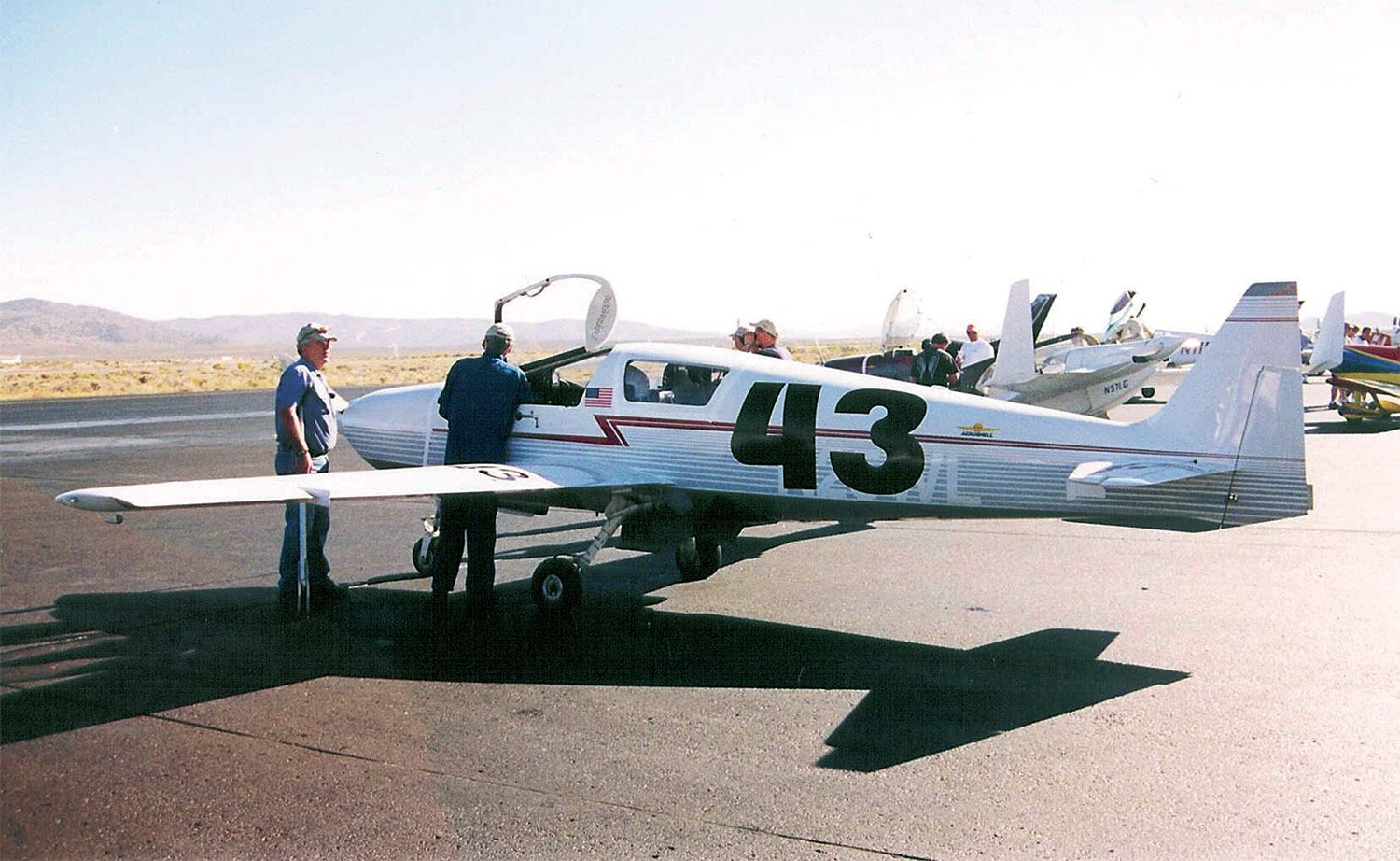
This was a real find as not only did I remember the plane from decades ago, but had remained cat curious about its story ever since. Dating from the first years of the Sport Class at the turn of the millennium, I had then given the White Lightning an eyeballing in the pits and was beyond surprised to see a pizza-sized Vortech Mondo centrifugal supercharger in Moonshine’s back seat, driven by its own dedicated engine of indeterminate origin and piping its discharge air forward through the cockpit to the main engine. Obviously in the presence of unorthodox engineering well above my understanding at the time, I took two photos that I can no longer locate, wondered about the why of it all and, not seeing anybody around the airplane to question, moved on.
Much later I came to understand that powering a supercharger with its own engine was “perfectly sound in principle” to quote the prolific aircraft nuts-and-bolts scribe Bill Gunston. Of course superchargers are normally driven by the engine they feed, but the “extra” weight, fuel burned, coolant cooled, associated drag and all that’s required to turn the blower is the same whether the receiving engine or a dedicated drive engine does the job. If the packaging works out to a finer aerodynamic form, then maybe there’s an advantage. Or not, depending on your slide rule skills.
Mysteries Revealed
Brett explained that Moonshine was a stock White Lightning owned by pilot Will Mathews from Mount Comfort, Indiana. He was vice president of engineering with International-Navistar and was responsible for the development and testing of the first-generation PowerStroke turbo diesels found in big Ford pickups. Will, who was clearly a gearhead, not to mention a General Motors Institute grad with 24 patents to his name, rightly considered himself something of an engine engineer and figured he had had independently dreamed up the demon tweak of all time. “He thought he was on to something new and wanted to keep it a secret,” recalled Brett, who along with Jim Ratje and Joe Fields helped Will design, test and integrate the Vortech supercharger and a 2SI brand two-stroke drive engine as the ABU, or auxiliary boost unit, into an unsuspecting White Lightning airframe.
Recalling its development, Brett said, “We built the prototype system on an old utility trailer. The engine and blower were in a 4130 steel welded frame, along with the control system, battery, everything. We would push it outside and run it wide open with earmuffs on and drink a beer. I was very concerned about passing the tech inspection at Reno and built a stainless steel doghouse over the system, then plumbed a halon fire extinguisher system into it. At Reno I spent 30 minutes reviewing the system with the inspectors and they passed it, no problem.
“There was a 3-inch 2024 aluminum tube that went through the right side of the cockpit, and that’s how we plumbed it to the stock Continental IO-360 engine. On the big tube we mounted the instrument panel for the blower drive engine. Will got mad pleasure with the Continental running, then firing up the little two-stroke and revving it up and down for the crowd to hear. He’d tease them in the stands when he taxied out every time.”
There had to be a flaw, and as Brett explained, “We only had a 210-hp Continental IO-360 in the nose. So we had by far the least amount of power of anyone at Reno. We were racing against the big Lycoming 540s and turbo IO-550s. The fastest we ever went around the course, banked at 60°, was 301 mph. Daryl Grenamyer’s Legacy and Jon Sharp’s NXT were being developed then, and they were always a little faster.
“The stock White Lightning would go 280 mph flat out because it had a very low Cd and that was our secret weapon. With the ABU screaming and boosted to 40 inches, Will could cruise IFR over the Rocky Mountains at 340 mph. Keeping the stock engine cool was always a big challenge, and we developed an ADI system (liquid intercooler) and built up an on-demand spray bar cooling system.”
So once again, the truest saying in motorsports was reaffirmed: There is no replacement for displacement, and Moonshine wasn’t going to win the Sport Gold race, even if it had a nifty supercharger arrangement.
What ever happened to this most interesting little racer? “After our early success, Bruce Crower gave Will a Crower flat-8 IndyCar engine. We worked on that option for a while, but it needed 10,000 rpm to make hp, and a suitable PSRU was not available. With our contacts at GM, we later built a custom all-aluminum ZL-1 427 V-8. Will crunched the numbers and, using the ABU, it could put out approximately 600 hp at Reno.
“When Will became ill and passed away, that ended our work. Gail, his wife and crew chief, sold the airplane. I’m not sure who bought it, but we had already pulled the ABU and restored the airframe to more or less stock condition.”
So if you’re tooling around in a White Lightning with a few unexplained holes and mods around the aft passenger compartment, you might be flying a piece of air racing history.
Of course Will eventually discovered his independent thought of the blower drive demon tweak had been flown at least 50 years earlier by the Germans in WW-II. The Henschel Hs130A aimed for extreme high-altitude reconnaissance by putting a pair of Daimler-Benz DB 603B V-12s on the wings and a single DB 605T V-12 in the fuselage driving a humongous Roots-type blower. It had to be big enough to give Don Garlits blower envy and blew what must have been oven-hot air through charge coolers hanging under the wings on its way to the propulsion engines.
Called the Höhen Zentrale Anlage (High Central System), the giant blower allowed the wing engines to produce a breakthrough 1440 hp each at a wild 45,000 feet. If that wasn’t enough, a GM-1 nitrous oxide system was installed on top of that, and this assemblage of hot rod tricks managed a service ceiling a bit over 50,000 feet, which is halfway to outer space. As you might have guessed, there were problems from so much plumbing quickly brought together under wartime duress, and the effort was abandoned in early ’44 before making a single operational flight. By then the Luftwaffe had more pressing demands, plus there is little need for strategic reconnaissance when your opponents are already beating down your door.

A New Surprise
What’s more, I’m not sure if Will also knew that Henschel wasn’t the first to try this supercharging arrangement. In fact, even I, reader of obscure texts and ancient tales, wasn’t sure until searching how to spell Henschel I came across the Zeppelin-Staaken R.VI 30/16. This was an immense WW-l bomber, one of the R-series giants the Germans—those guys again—experimented with and put into limited production back when just keeping the wings on something Stearman-size was a good trick.
Old Cross & Cockade members such as myself will see the “16” in the 30/16 designation and instantly know the plane was built in 1916. That’s 13 years after Orville and about eight years after the first, um, practical European aircraft, and there was Count Ferdinand von Zeppelin’s boys having a go at building a four-engine biplane bomber with a 138-foot wingspan. Actually, in R 30/16 form it was a five-engine bomber as, you guessed it, the fifth engine was in the fuselage driving a four-stage supercharger feeding the outer propulsion engines. The blower drive engine was a Mercedes DII inline-6, good for 120 hp on a good day. In fact, this was the first aircraft to employ an auxiliary supercharger, as well as the first with (ground) adjustable pitch props. And it worked.
And so once again, talking to a fellow pilot gearhead divulged interesting information. Sort of makes you want to go to an EAA chapter meeting and see what you can learn from one of the old hands. Maybe something old that could be used again.
You can read more about Moonshine at radialsrock.com.


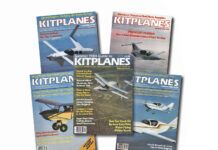
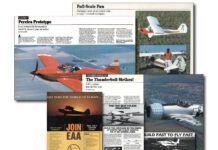
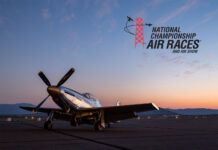
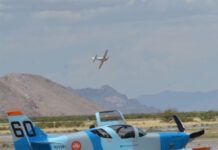
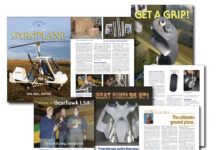
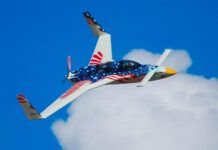
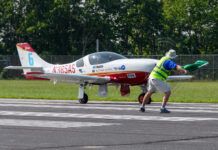
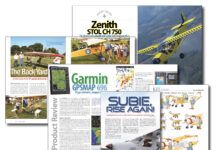
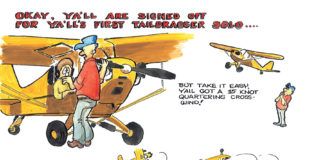
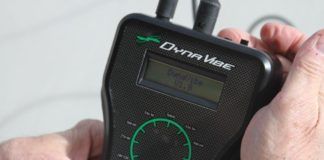

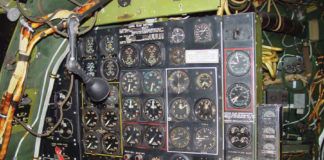
Tom, I remember Moonshine well. I often wondered how he could withstand the noise generated from that setup. While I would not attempt to add another (even small) internal combustion engine to add boost to my RV-8A (Race 84 in 2015), several of us Reno metal mafia guys are looking into a stand alone supercharger/turbo powered by an electric motor to add some boost (actually normalize) to our IO-390s. If I could normalize my power so as to maintain my sea level 180-185 KIAS at Reno’s 11-12,000′ density altitude, then I could run almost fast enough for last place in the Medallion Class. : )
The Sport Class is getting faster and more competitive each year – mainly because several people have gobs of money to throw at their airplanes in order to produce 800+ HP. I don’t have that kind of cash so I have to run slow with the Medallion Class. It is fun to try each year to make ones airplane go a tiny bit faster. I have discussed with several racers using electric powered boost to go faster. Someone (probably Skylor Piper) may try it next year. I used to worry about flutter due to high TAS in the RVs, but a number of them with standard .020 tail skin have run successfully at 250-275 mph around the course. I have flight tested to 214 KIAS (about 2000 MSL) without issues, so my concern about flutter is diminishing.
The problem, until recently, with the electric power turbo is the weakness of a 12v or 24v motor. 48v was needed to get the HP necessary to provide sufficient boost. However, over the past several years a couple of companies claim to be able to develop 2-4 PSI boost using 12/24v motors. That would be enough for me to hold on to last place – so I’m thinking about it. Regards,
Great article Tom!
Moonshine is now owned by a friend of mine. After sitting for many years after Will’s passing, my friend bought it from Will’s wife. He completed a restoration of the aircraft to flying condition and is currently flying it.
I purchased the White Lightning kit that Will was building up to be his next racer from Will’s wife. The blower that is the subject of this article was on the floor of the hangar with my kit and it may be amongst the stuff that I have. If not, it will likely have gone into the rubbish as the hangar owner was clearing it out and the blower was a big chunk of metal.
If anyone is interested in buying a White Lightning, another friend of mine has his for sale.